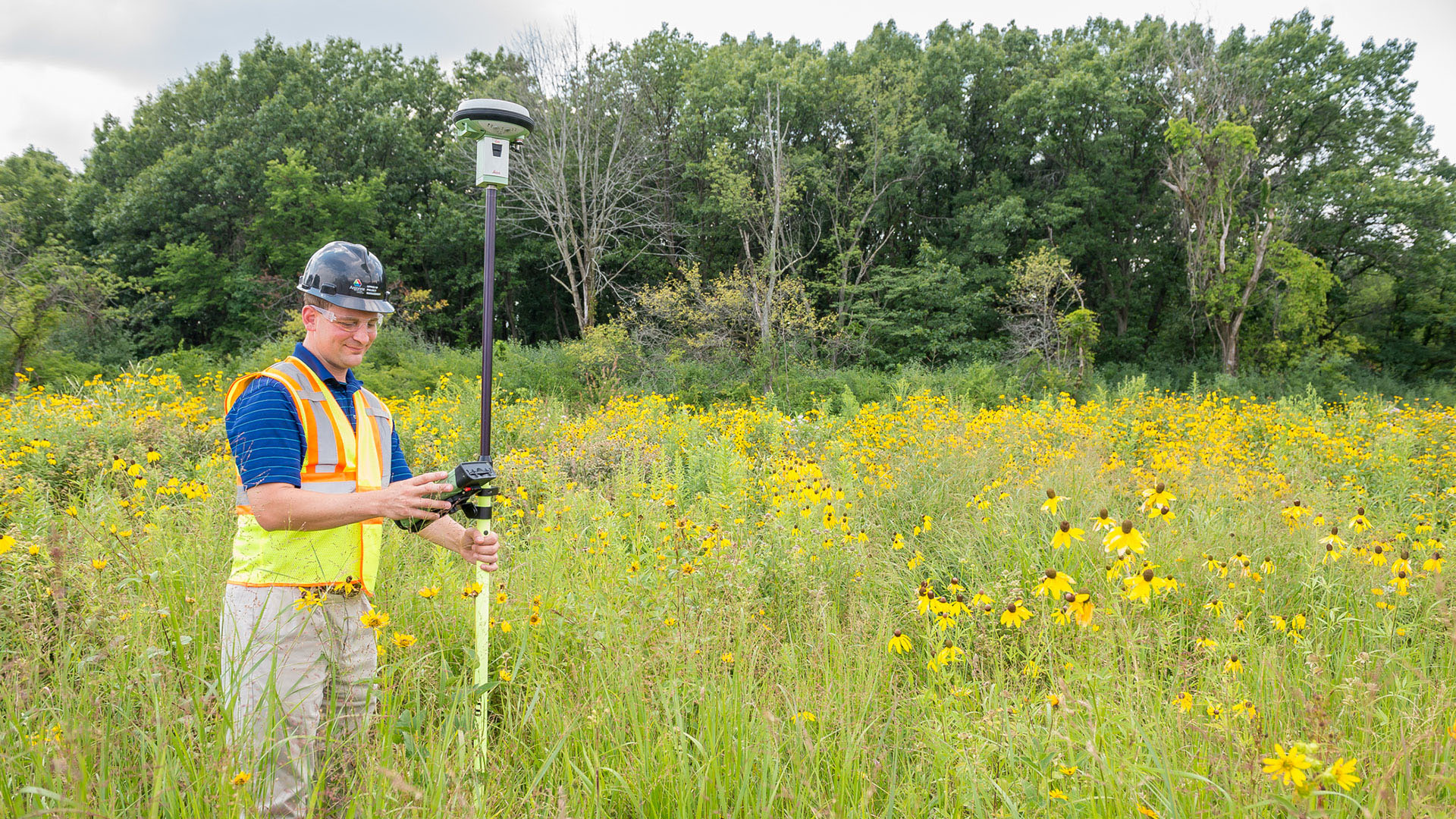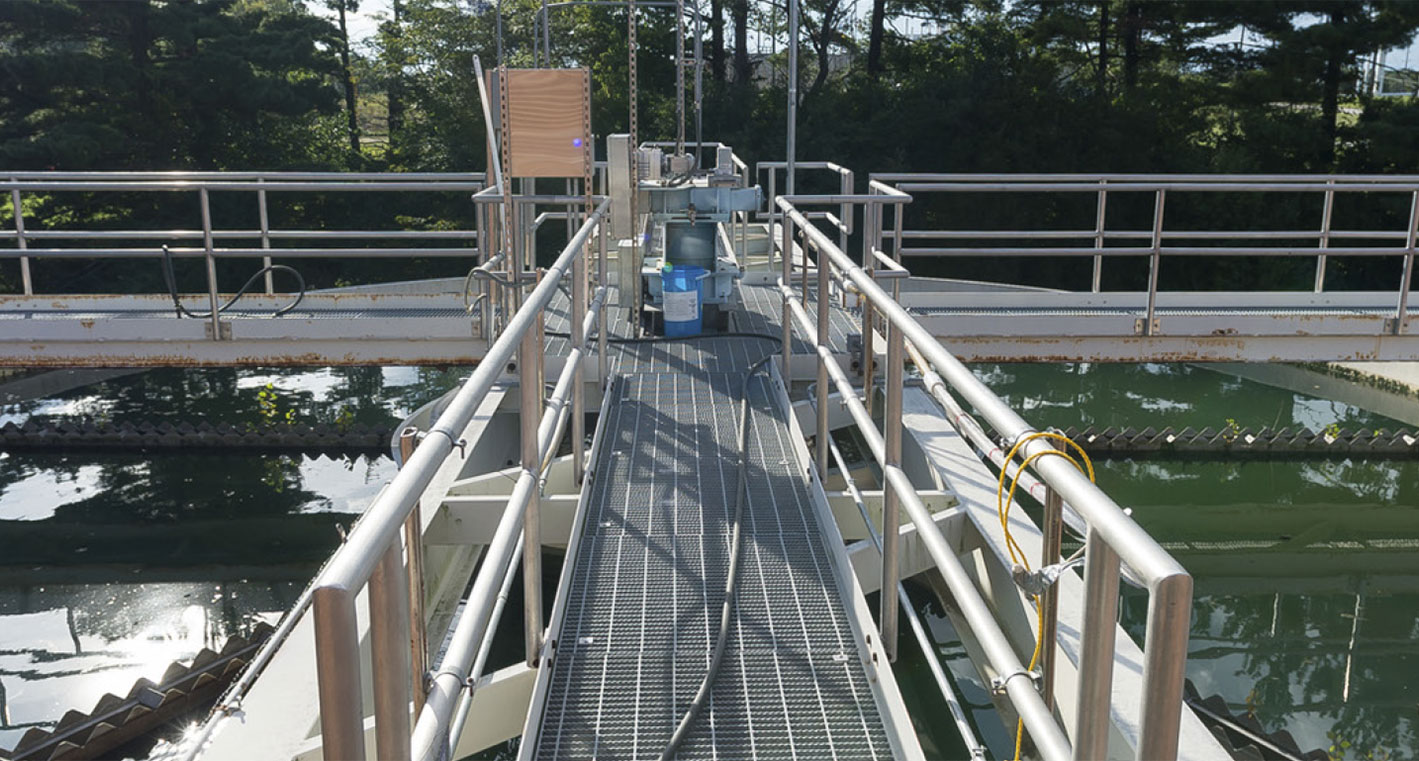Our potable water comes from Lake Michigan and we use it for domestic and laboratory purposes. We also use non-potable (industrial) water from the Illinois and Michigan Canal in cooling towers for our buildings.
Significant results in water reduction goals
Argonne has realized tremendous savings from aggressive potable water reduction strategies, providing leadership in water management techniques for communities in the greater Lake Michigan watershed.
Water efficiency strategies and technologies are integrated throughout the campus, including:
- Low-flow and WaterSense toilets, faucets, and showerheads
- Retrofits to switch potable water use to industrial water
- Water reuse projects at cooling towers, water treatment plant and canal treatment plant
- Energy efficiency projects that reduce potable and process water
- Upgrades to chiller plants and central chilled water system
- No potable water used for landscape, using only industrial water for plant establishment
Argonne’s industrial water system draws on a regional wastewater source, delivering a more sustainable water supply to the laboratory.
We’ve accomplished our goal despite the fact that an aging water infrastructure also contributes to water loss such as leaks and water main breaks.
To continue reducing water use, we are implementing an integrated energy and water management approach that takes advantage of energy reduction strategies to reduce cooling tower makeup water, chilled water, steam, and domestic hot water across office and laboratory buildings.
Green Infrastructure
Green infrastructure is an important water management strategy and complements the wetland, woodland, and prairie habitats across our 1,500-acre campus. We have implemented green infrastructure by building rain gardens and bioswales and converting turf grass to prairie grass. Green infrastructure is used in the design of new buildings and, when feasible, in the rehabilitation of existing buildings. Learn more
We also implement integrated pest management and other landscape management best practices.

